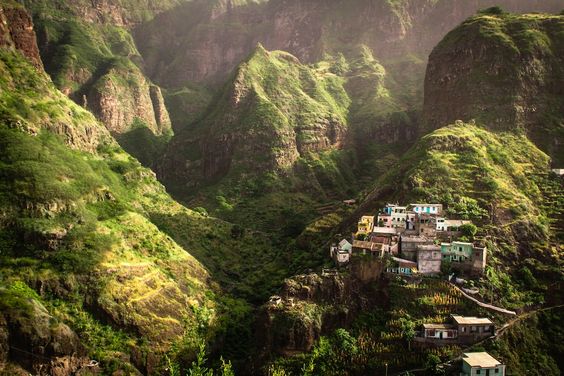In 2020, Cabo Verde’s GDP shrank by 20.8% compared to the previous year, according to the National Statistics Institute (INE).
This contraction was primarily driven by the global impact of the COVID-19 pandemic and the measures instituted to halt its spread.
The pandemic negatively affected almost all sectors except for agriculture, health, and household activities involving domestic staff.
The decrease in GDP can largely be attributed to a 13.8% drop in household final consumption and a substantial reduction in exports.

Meanwhile, public administration expenditure increased by 2.4%.
The Gross Value Added (GVA) at basic prices saw a yearly decline of 21.3%, with the commerce, transport, and hospitality sectors being the most impacted.
Furthermore, taxes net of subsidies decreased by 17.2%, exports fell by 56.5%, and imports dropped by 25.2%.
The primary sector saw a 12.5% increase in 2020, while the secondary and tertiary sectors declined by 17.7% and 24.2%, respectively.
The growth in the primary sector was mainly due to an increase in agriculture-related GVA. The reduction in the secondary sector was influenced by the food, beverage, and tobacco industries and construction.
The tertiary sector decrease was most notable in the commerce, transport and storage, and hospitality sectors.
Cabo Verde is recovering from a severe economic and financial crisis sparked by a significant decrease in tourism demand, contributing 25% to the nation’s GDP.
This decline commenced in March 2020 due to the pandemic.
However, after this notable economic recession in 2020, the nation experienced a 7% growth in 2021 and anticipates approximately 17.7% growth in 2022, largely due to tourism’s recovery.

